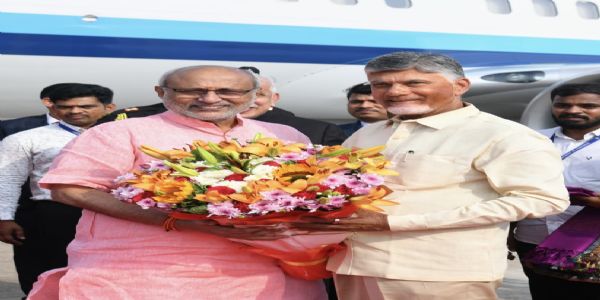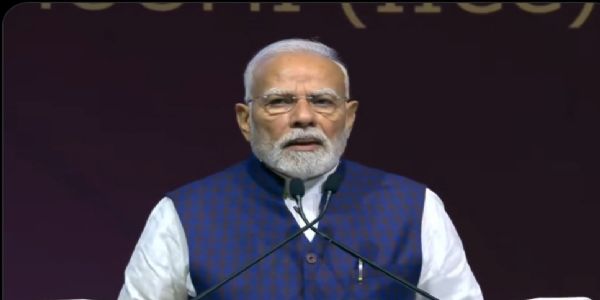
New Delhi, September 24(HS): In a landmark decision aimed at bridging India’s healthcare gaps, the Union Cabinet chaired by Prime Minister Narendra Modi on Wednesday approved the third phase of the Centrally Sponsored Scheme (CSS) for strengthening state and central government medical institutions. The decision paves the way for the creation of 5,000 postgraduate (PG) seats and 5,023 undergraduate (MBBS) seats across the country by 2028-29, with a sharp increase in investment for each medical seat.
The scheme comes with a financial outlay of Rs. 15,034.50 crore over the period 2025-26 to 2028-29, of which the central government’s share will be Rs. 10,303.20 crore and states’ contribution will amount to Rs. 4,731.30 crore. The cost ceiling per seat has been pegged at Rs. 1.50 crore, highlighting the government’s commitment to enhancing infrastructure in government-run colleges and hospitals.
The Cabinet note underlined that the scheme seeks to expand undergraduate medical capacity, increase the supply of specialist doctors by creating additional PG seats, and enable the introduction of new specialties in government medical institutions. This comprehensive expansion will strengthen the availability of doctors at every level of healthcare delivery, particularly in underserved and rural areas.
“Expansion of postgraduate capacity ensures a steady flow of specialists in critical disciplines, while increasing MBBS seats widens the pool of general practitioners. These measures, coupled with long-term faculty reforms, will make India’s medical education sector globally competitive,” an official statement said.
Expected Benefits
The government has identified multiple long-term outcomes of the scheme, including:
-Wider access to medical education for Indian students.
-Enhancement of training quality to meet global benchmarks.
-Adequate supply of doctors and specialists, positioning India as a global destination for affordable, quality healthcare.
-Reduction in urban-rural disparities in access to healthcare services.
-Creation of substantial direct and indirect employment opportunities, ranging from doctors and faculty to paramedical staff and administrators.
-Strengthening of health infrastructure resilience to meet emerging health challenges.
-Equitable distribution of healthcare capacity across states and union territories.
The Ministry of Health and Family Welfare (MoHFW) will soon issue detailed guidelines for states and union territories to implement the expansion plan. The ambitious target is to set up the 10,023 new seats in government institutions by academic year 2028-29.
India today boasts the highest number of medical colleges in the world, with 808 institutions offering a combined annual intake of 1,23,700 MBBS students. In the last decade alone, 69,352 MBBS seats were added, reflecting a 127% growth, alongside 43,041 new PG seats—a remarkable 143% increase.
Despite these impressive additions, critical gaps persist in certain regions, especially rural and tribal areas. The new Cabinet decision addresses these gaps while ensuring cost-effective utilization of existing infrastructure.The expansion also dovetails with the establishment of 22 new All India Institutes of Medical Sciences (AIIMS) under the Pradhan Mantri Swasthya Suraksha Yojana (PMSSY). These premier institutions not only provide top-tier healthcare services but also serve as training hubs for high-caliber medical professionals.
To support the rapid addition of both MBBS and PG seats, the government recently notified the Medical Institution (Qualifications of Faculty) Regulations, 2025, which adopt a more inclusive, competency-based framework for recruitment. These reforms aim to expand the pool of qualified faculty, bolstering academic standards and clinical training for India’s expanding medical education sector.Through these measures, the government reaffirmed its commitment to building a robust healthcare workforce capable of delivering universal health coverage to India’s 1.4 billion people.
Hindusthan Samachar / Jun Sarkar







